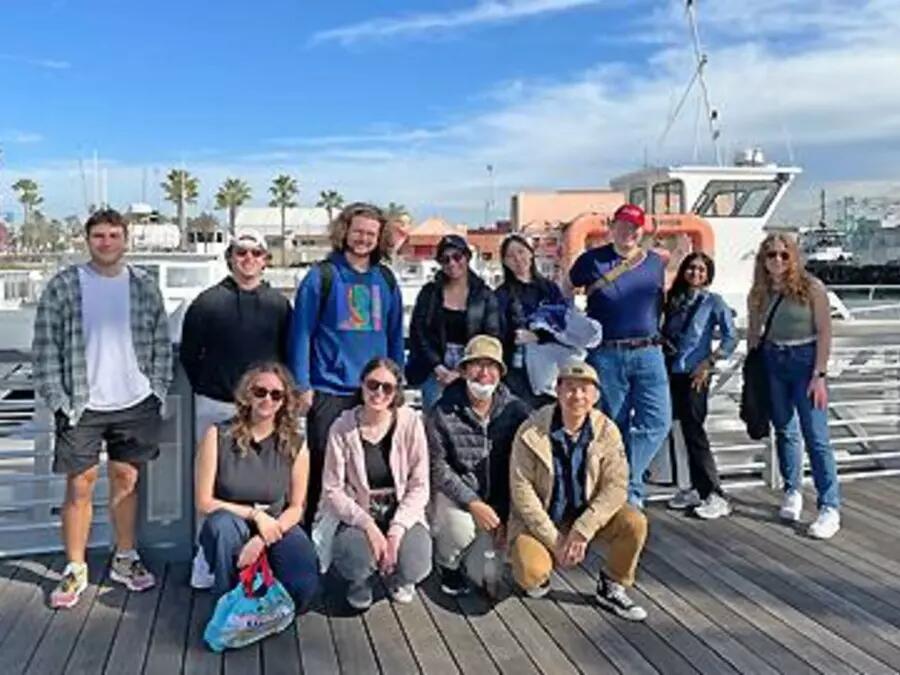
A remarkable field trip shows students a different side of California
California is known as the Golden State: a faraway place synonymous with surf, sand and sun.
Yet though it may seem like a world unto itself, what happens in California regularly affects everyone in North America. Given the central role that it plays in immigration, defense and the global supply chain, California is very much our world too — one that is often anything but sunny.
This is the California students learn about in Transnational America, taught by Leah Montange, Bissel-Heyd Lecturer in American Studies at the Munk School of Global Affairs & Public Policy.
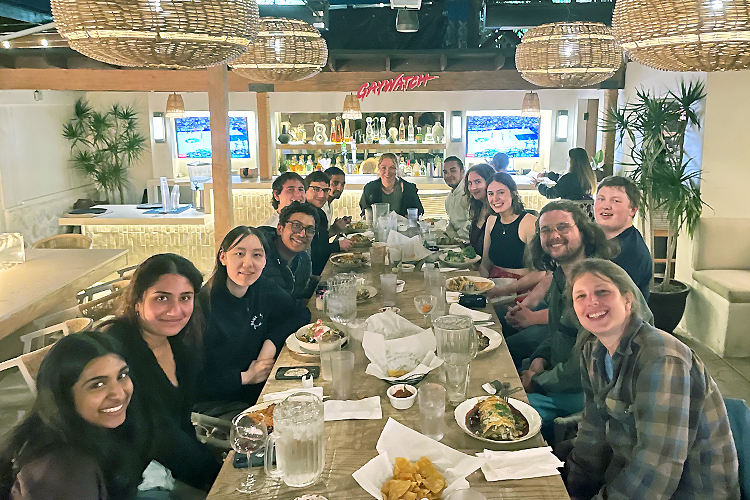
During reading week this past February, Montange took her class to several key sites in southern California. One of the Faculty of Arts & Science’s International & Indigenous Course Modules (IICMs), the course was designed to complement students’ in-class learning with real-life experience.
Transnational America allows students to experience and analyze spaces that have been shaped through transnational forces and lives. Within this context, Montange says that California is particularly interesting as a subject of study.
“This course troubles the assumption that nation states have firm boundaries as political, cultural and economic units,” she says. “But those boundaries are constantly being blurred because money, people, goods, and culture all transcend borders, but not evenly. There are power relations involved. And the combination of transnational forces in southern California is very, very interesting.”
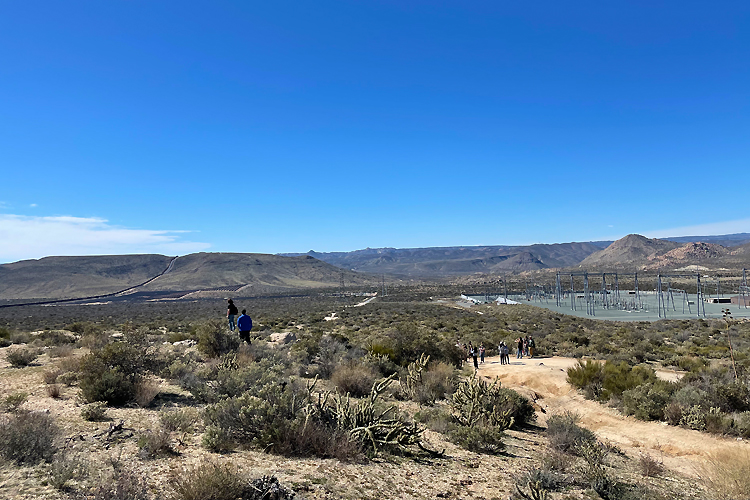
Before travelling to California the students designed qualitative research projects, for which they completed fieldwork on the trip. Cameron Gilliland was impressed by the ambitious itinerary.
“Professor Montange chose a really wide range of activities,” says the member of Woodsworth College, who’s double majoring in American studies and political science. “She did an amazing job planning the trip. What was most interesting about it was that she encouraged us to interpret the interactions between all the places we visited — allowing us to bridge the connections and form our own thoughts, rather than following a set curriculum.”
One major activity was a guided tour led by Sheheryar Kaoosji of the Warehouse Workers Resource Center, showing how goods make their way through Los Angeles’ supply chain — from their arrival at the largest ports in the United States, all the way through to a walk around a Walmart store. Students also saw how the ships importing goods interact with the American military, via the U.S. Coast Guard.
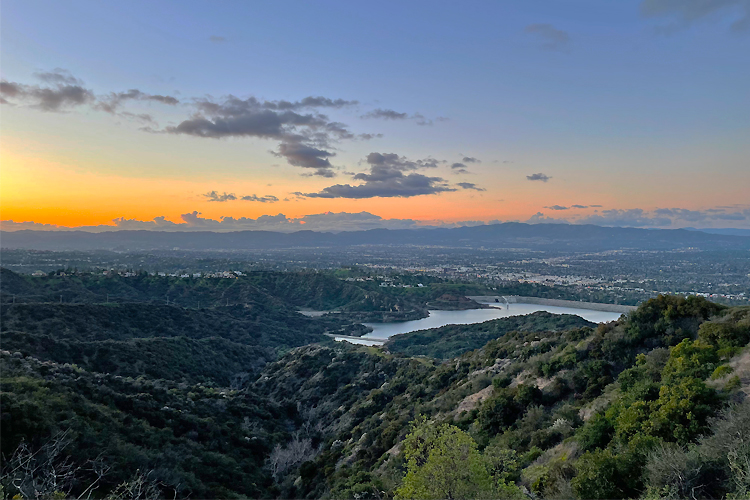
They also learned a great deal about the workers — many of them Latin American — who support this economic process.
In the border town of Otay Mesa, says Montange, the students “were able to see smog from the maquiladoras, factories producing goods for the United States. Then we could see these big Amazon warehouses on the American side, which receive goods from those factories to be mailed around the continent.” Many people in working in those warehouses live in Mexico and are bused back and forth across the border daily. The landscape also included a private immigration detention centre.
Seeing the supply chain in action was a powerful experience for Aisha Assan-Lebbe, a member of St. Michael’s College majoring in American studies and human geography.
“It makes you realize that we’re all connected to one another in this system,” she says. “Modern conveniences like fast shipping give us the illusion of painless and carefree consumption when in reality the global supply chain depends heavily on precarious migrant labour. Seeing the many actors involved in this process was one of the biggest takeaways for me.”
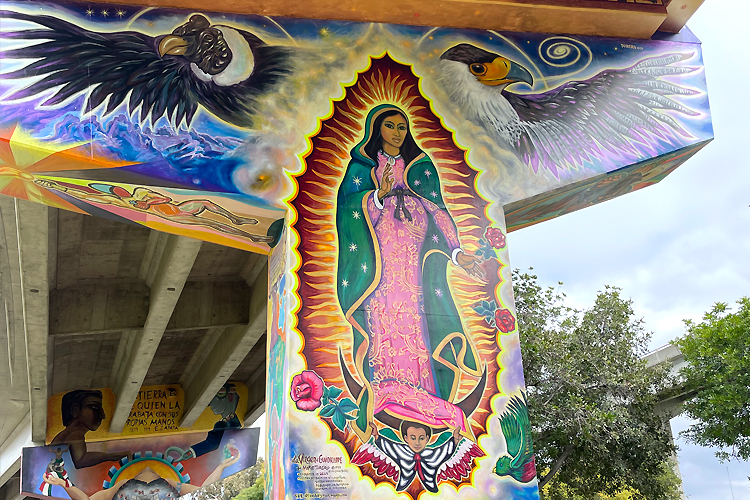
Both Assan-Lebbe and Gilliland were deeply moved by a day spent in the desert on the California-Mexico border — a place where migrants are often endangered over the course of their arduous journeys by lack of food and water. While it is true that many migrants are crossing to live as undocumented residents and workers, a substantial number also cross the border seeking legal asylum. Montange’s group engaged in the potentially life-saving action of dropping water in locations where it might be found by those in need.
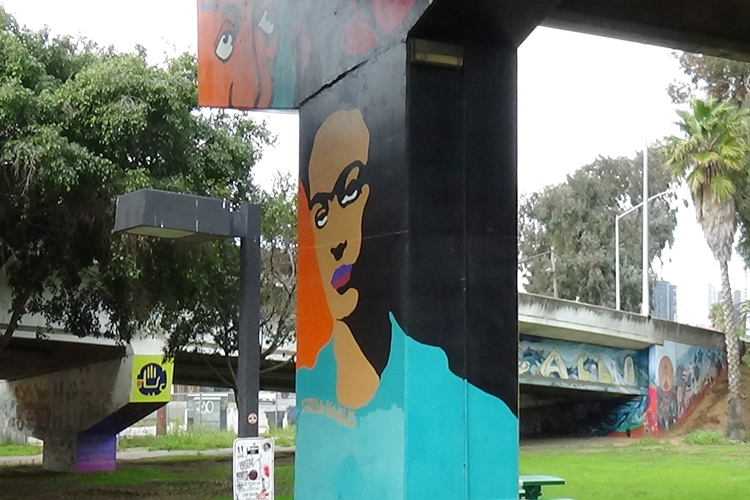
“The other thing that was moving and impactful for students,” says Montange, “was seeing things that have been left along the trail.” Gilliland says these included legal documents, clothing, water bottles and all sorts of personal items. “We’d learned about immigration and the border in class,” he continues. “But to see that barren landscape up close was fascinating.”
The students also toured sights such as the USS Midway Museum and the Boyle Heights neighbourhood, a centre of Chicano culture in Los Angeles.
“The experience felt very cohesive, even though we were bringing together these really broad themes,” Montange says. “I think observing, feeling and seeing these places gives students a sense of wholeness and totality that you don’t get from just reading the scholarship.”
Assan-Lebbe agrees. “To walk in these spaces, and actually see them, really does change how you learn. This was one of the best courses I’ve ever taken.”
This article was originally published on A&S News.

